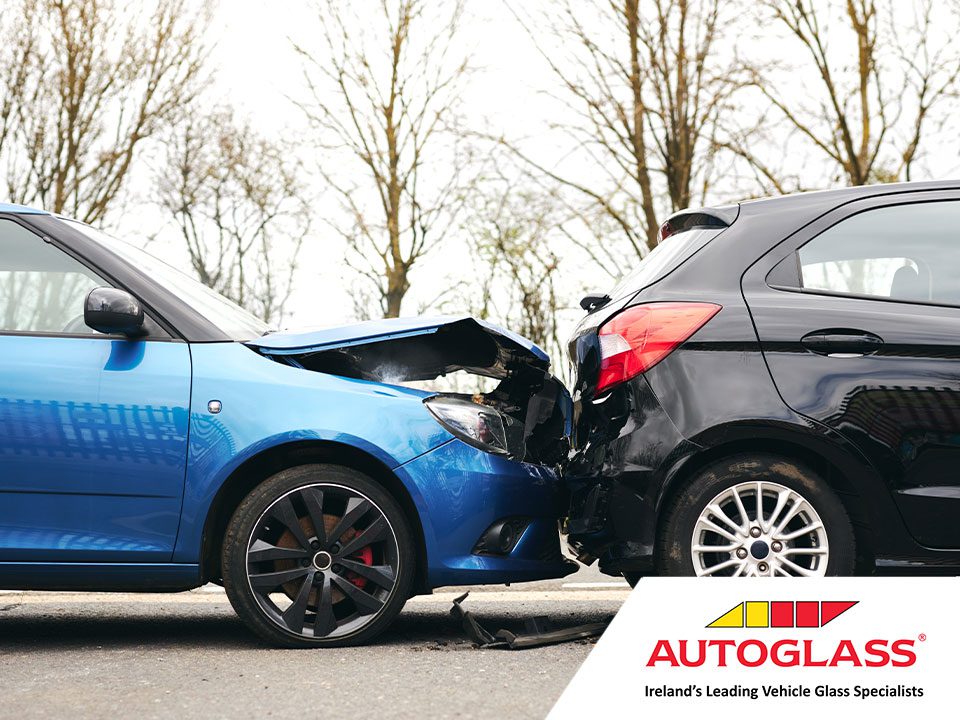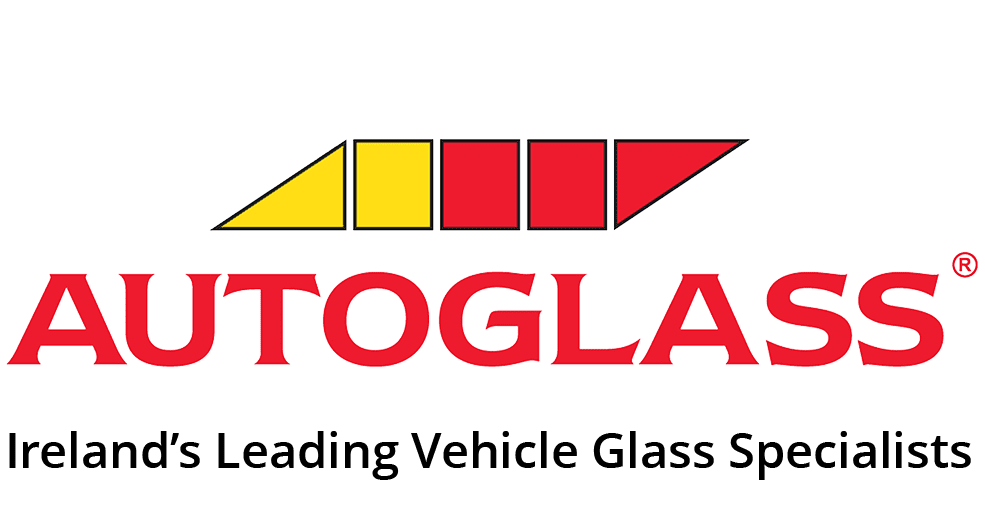
What Steps to Take After a Car Accident
Being involved in a collision is one of the most stressful and disorienting experiences that any motorist can face. To add to the stress, your actions in the minutes and hours immediately following the accident can have major bearings on how smoothly any claim or repair process proceeds. This post outlines what experts suggest are the best steps to take after a car accident – from the moment it happens to the days and weeks that follow.
Stop, stay calm, and assess safety
- Following the collision, stop your vehicle immediately. By law, you must remain at the scene.
- Switch off the engine, turn on your hazard lights, and if possible, move your car to a safer location (but only if doing so doesn’t create more risk).
- Check yourself and your passengers for injuries. Once you’ve tended to yourself and the others in your vehicle, check others involved such as drivers, passengers, cyclists or pedestrians. Do not move anyone who is injured unless there is immediate danger, like fire or the risk of another collision.
- If it’s dark or traffic poses a risk, use warning triangles or reflective clothing which we advise always keeping stored in your boot.
Crucially, you should also take a moment to breathe and gather your thoughts before acting impulsively due to shock. Staying calm will help you make clearer decisions.
Driving Tired: Know the risks and how to avoid disaster >>
Call the emergency services if needed
- If anyone is injured or if you’re unsure, call 999 or 112 and request Gardaí assistance and/or an ambulance.
- Even if injuries appear minor, it’s wise to involve Gardaí if there’s any damage or injury.
- If Gardaí don’t attend the scene, you are legally required to report the collision afterwards at a Garda station.
Exchange information
All parties involved in the collision are obliged to exchange details. Try and take note of all the following:
- Names, addresses, and phone numbers
- Vehicle registration numbers, make/model, and colour
- Insurance company and policy number
- Driver’s licence numbers
- Contact details of any passengers and witnesses
- Time, date, location, weather, and road conditions
If you have your phone on you, take photos or video of your surroundings. Try and get images of of all vehicles, damage, skid marks, road layout, and surroundings. A simple sketch of how the crash occurred can also be extremely helpful when dealing with insurers or authorities.
How to Break a Car Window in case of Emergency >>
Notify Gardaí and your insurer
- If Gardaí didn’t attend, you must report the accident at your local station.
- Contact your insurance company as soon as possible. Many providers require notice within 24 hours.
- Provide all details and evidence you’ve gathered. Keep copies for your own records.
It’s common to wonder, “if someone crashes into me who pays?” In general, if another driver is clearly at fault and insured, their insurer may cover your repairs or reimburse you. Your own insurer can often liaise directly with theirs, but you must still report the incident yourself.
If I’ve had a car accident that was my fault
If you believe you caused the collision, don’t panic. Follow the same steps outlined above:
- Ensure safety, call emergency services, and exchange details.
- Report to Gardaí if required.
- Notify your insurer promptly.
When your insurer reviews the claim, you may need to accept liability depending on their assessment. If you have comprehensive cover, your own policy may cover repairs.
Windscreen safety – what is it and why is it so important? >>
Keep good documentation & follow up
- Hold onto all paperwork: Garda reports, medical reports, repair invoices, and insurer correspondence.
- Even if injuries seem minor, seek medical attention. You or your passenger’s condition may worsen over time.
- Where injuries are involved, you may need to apply through the Personal Injuries Assessment Board (PIAB) before pursuing compensation.
- Cooperate with your insurer’s repair process, request estimates, and check if your policy entitles you to a courtesy car.
A simple step-by-step checklist
To close, here’s a handy, step by step timeline recapping everything we’ve just gone through above. If you follow these steps, you’re doing precisely what is required of you following an accident.
- Stop immediately and turn on hazard lights
- Check for injuries and ensure safety
- Call 999/112 if needed
- Exchange details
- Gather evidence (photos, notes, witnesses)
- Report to Gardaí if appropriate
- Contact your insurer right away
- Keep records and documentation
- Apply to PIAB if injury compensation is needed
- Follow up on disputes, repairs, or claims
The Dangers of Driving With A Damaged Windscreen >>
A crash is always unsettling, but knowing what steps to take after a car accident makes the whole ordeal more manageable. Whether you’re asking yourself “if someone crashes into me who pays?” or worrying, “I’ve had a car accident that was my fault”, the principles remain the same: put safety first, gather information, meet your legal obligations, and communicate promptly with insurers.
We hope you found this step by step guide reassuring and informative. Check back with the Autoglass® blog again soon for more guides, tips and explainers and posts about all things motoring. Safe travels!
Book an appointment now
For a quick and easy way to make an appointment book online now.
